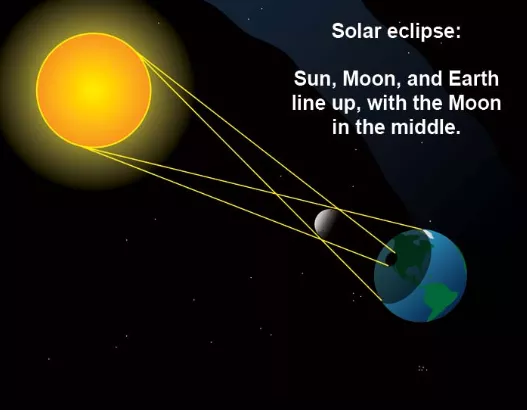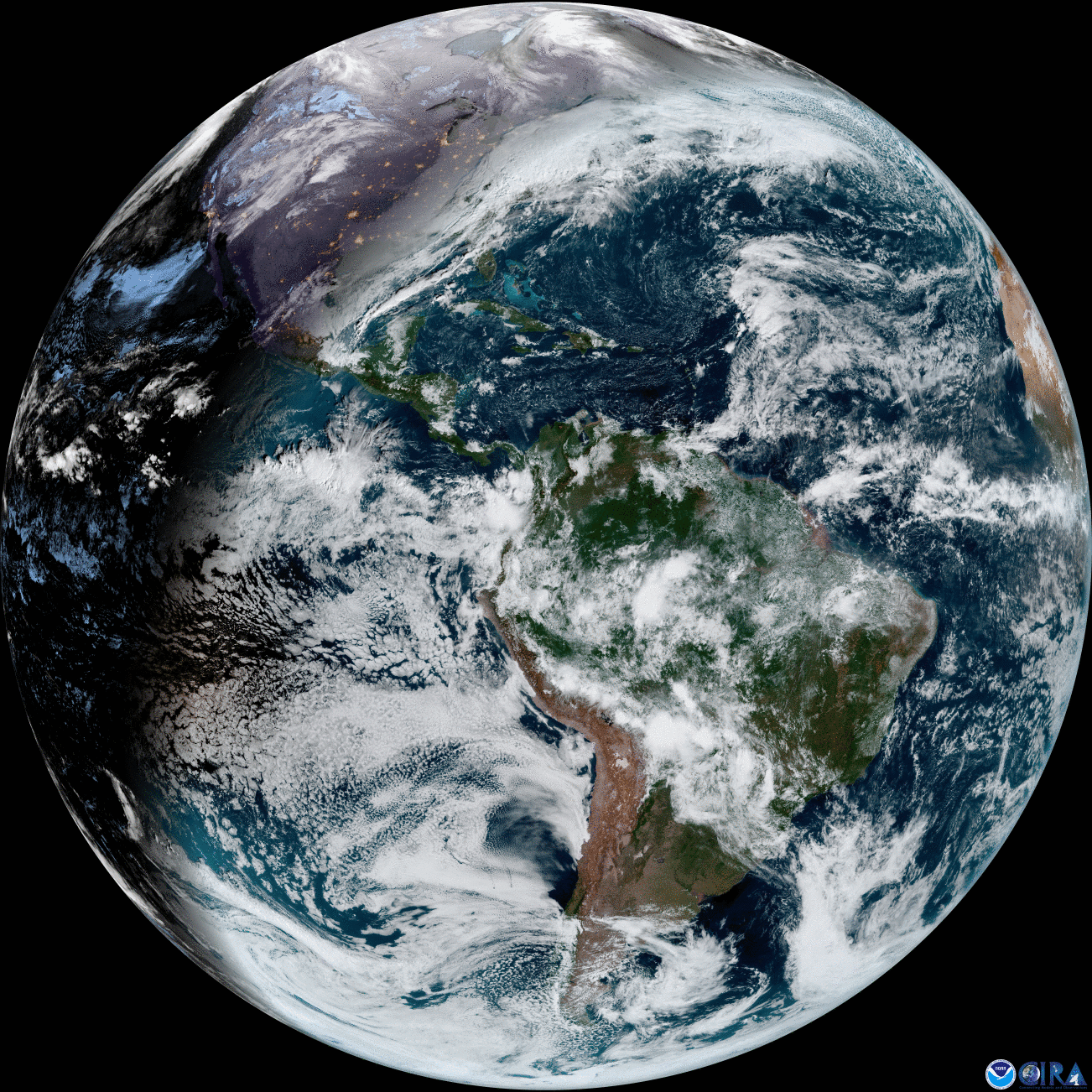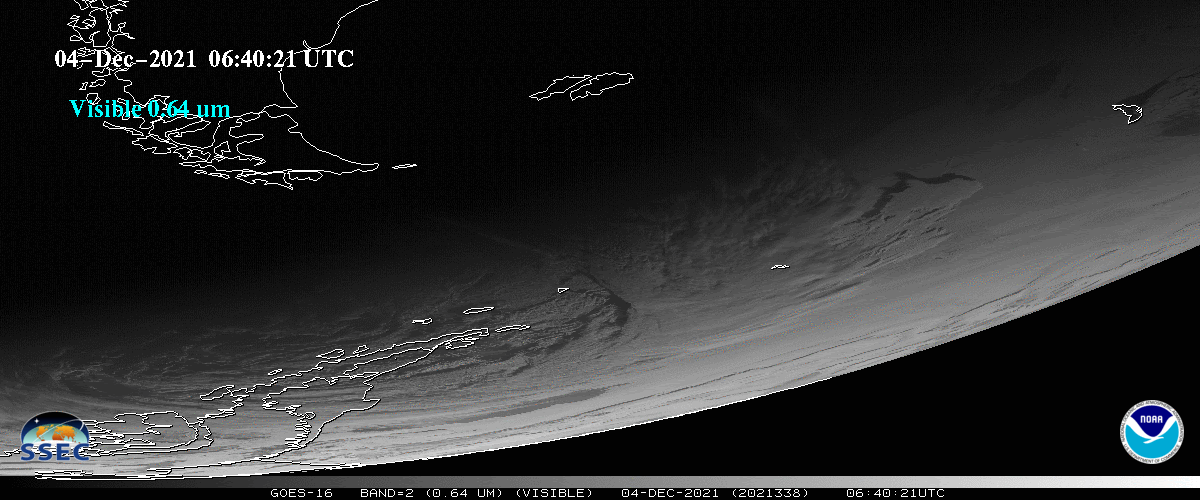A solar eclipse happens when, at just the right moment, the Moon passes between the Sun and Earth.
Sometimes, the Moon blocks the sun’s light during an event called a solar eclipse.
As the Moon passes in front of the sun, it casts a shadow that travels across part of the Earth.
Learn more about the Total Solar Eclipse, Nature's Coronograph!

Watching the Annular Eclipse from Albuquerque to Orbit
NOAA and NASA work together to watch over our Earth, providing data for weather forecasting with a fleet of polar and geostationary orbiting satellites. The agencies also are important partners for watching the Sun’s activity and monitoring space weather, which can have impacts on our power grids and communication infrastructure.
So when an annual solar eclipse – also known as the “ring of fire” – was due to pass over the Albuquerque International Balloon Fiesta on October 14, 2023, NOAA and NASA were on hand to help the tens of thousands of Fiesta visitors view the eclipse safely, while their satellites captured the event from space. The agencies will be back in action for the total solar eclipse passing over North America on April 8, 2024. It will be the last total solar eclipse in the contiguous United States for nearly two decades.
Satellites Role
Satellites play a crucial role in observing the effects of solar eclipses, as they offer a unique vantage point from space, free from atmospheric interference and the limitations of ground-based observations. Satellites equipped with specialized instruments and cameras capture valuable data and images during solar eclipses, providing scientists with important information.
For example, satellites can observe the Moon’s shadow moving across the Earth as it rotates, tracing a path across the planet. The imagery below was captured on Dec. 14, 2020 by NOAA’s GOES-16 (GOES East) satellite.
The same satellite also captured another example of a total solar eclipse on Dec. 4, 2021 moving across Antarctica. You can see it moving in the imagery below.

